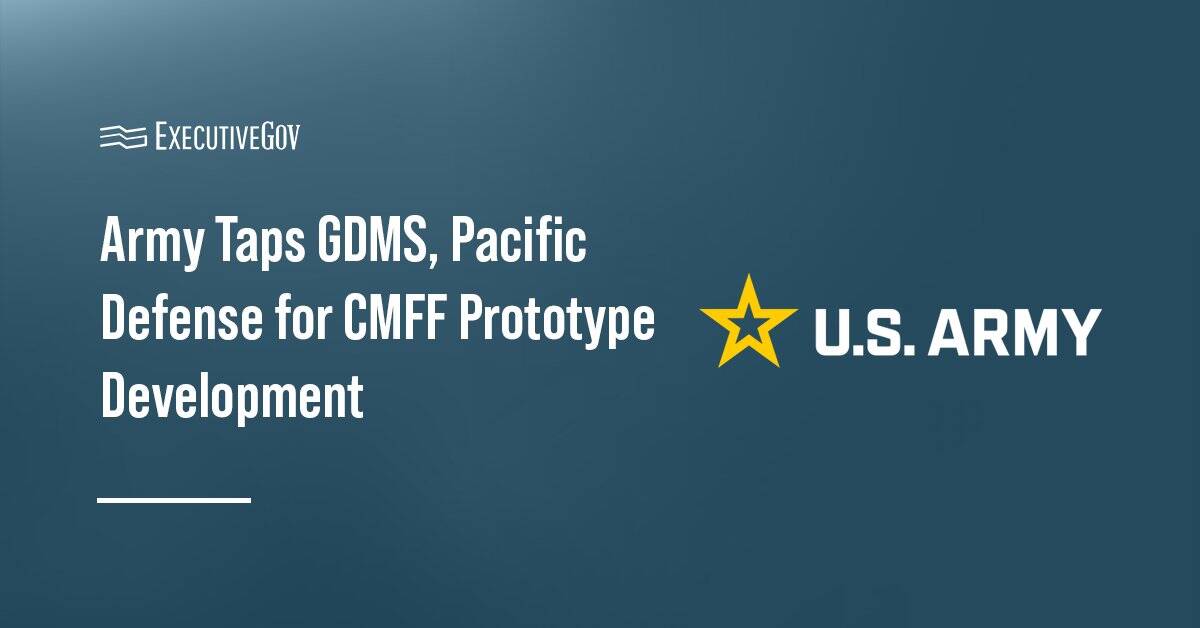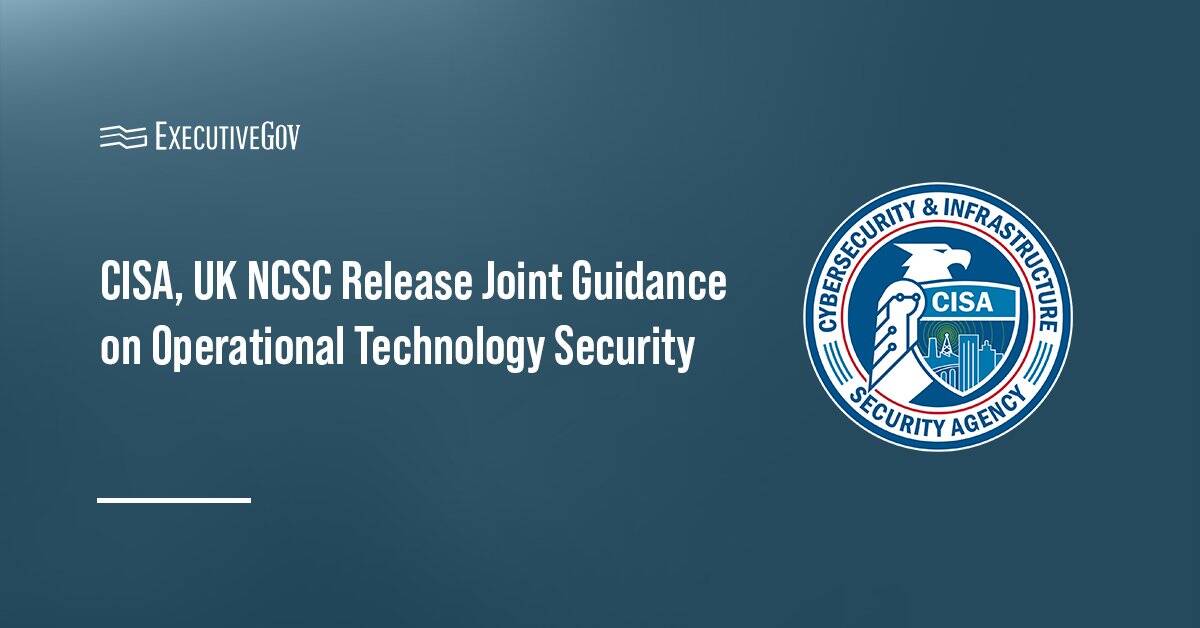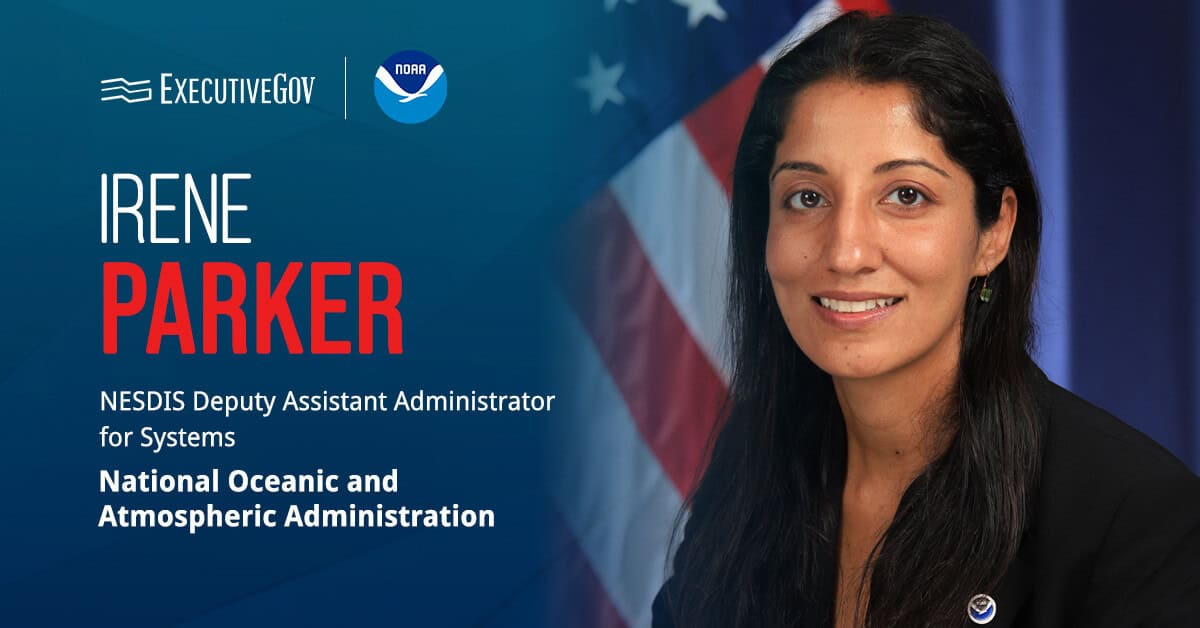The Department of Energy (DOE) has awarded $72 million in funds to 27 projects for the development of carbon capture technologies meant to mitigate greenhouse gas emissions. Eighteen projects will receive $21 million to build materials and technologies designed to remove carbon dioxide from the atmosphere, DOE said Tuesday.
The department has earmarked $51 million to nine projects for the provision of initial engineering studies for approaches that will capture carbon dioxide from industrial sites.
"The primary mission of our office is to ensure that the United States can continue to rely on its fossil fuel resources for clean and secure energy," said Steven Winberg, assistant secretary for fossil energy at DOE.
Winberg added the department seeks to mature and commercialize the technologies to the market.
Related Articles
The U.S. Army has signed new rapid prototype other transactional authority, also known as OTA, agreements with General Dynamics Mission Systems and Pacific Defense to build a chassis that would enable soldiers to plug and play capabilities into military vehicles. Plug-and-Play Capabilities The technology is dubbed CMFF, which is short for Command, Control, Computers, Communications, Cyber, Intelligence, Surveillance and Reconnaissance/Electronic Warfare Modular Open Suite of Standards Mounted Form Factor. It offers both hardware and software designed to converge multiple legacy systems into one chassis in ground and aviation platforms. CMFF is equipped with power, networks and radio frequency to support
The United Kingdom’s National Cyber Security Centre, in partnership with the Cybersecurity and Infrastructure Security Agency, the FBI and other international partners, has published new joint guidance aimed at helping organizations secure their operational technology environments. The document, titled “Creating and Maintaining a Definitive View of Your Operational Technology Architecture,” builds on the recent Foundations for OT Cybersecurity: Asset Inventory Guidance and provides actionable steps to strengthen defenses against cyberthreats, CISA said. CISA is a DHS agency. Potomac Officers Club’s 2025 Homeland Security Summit offers an inside look at the latest programs, technologies and strategies shaping America’s defense against evolving
The National Oceanic and Atmospheric Administration has tapped Raytheon for a mission design and feasibility study on weather imagery capabilities under its Near Earth Orbit Network, or NEON, Stratus project. The company will conduct the Stratus critical design review study under an other transaction agreement NOAA signed with Raytheon valued about $5.9 million, the agency said Friday. Raytheon’s CDR study will focus on a U.S. Space Force design adapted to NOAA’s requirements for Stratus. Under NEON, low-Earth orbit environmental satellites will be launched for weather forecasting, environmental observation and public safety. The program also seeks to demonstrate faster data delivery





